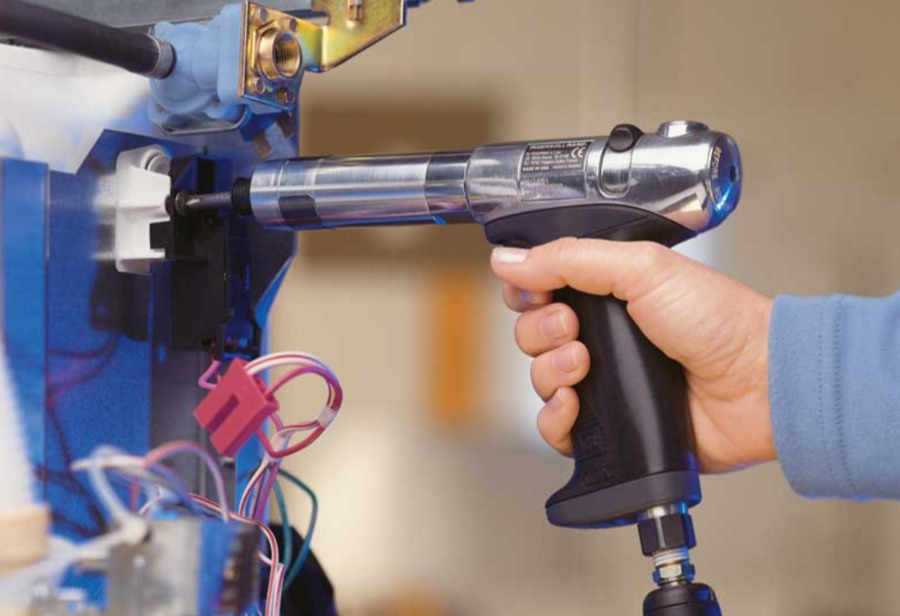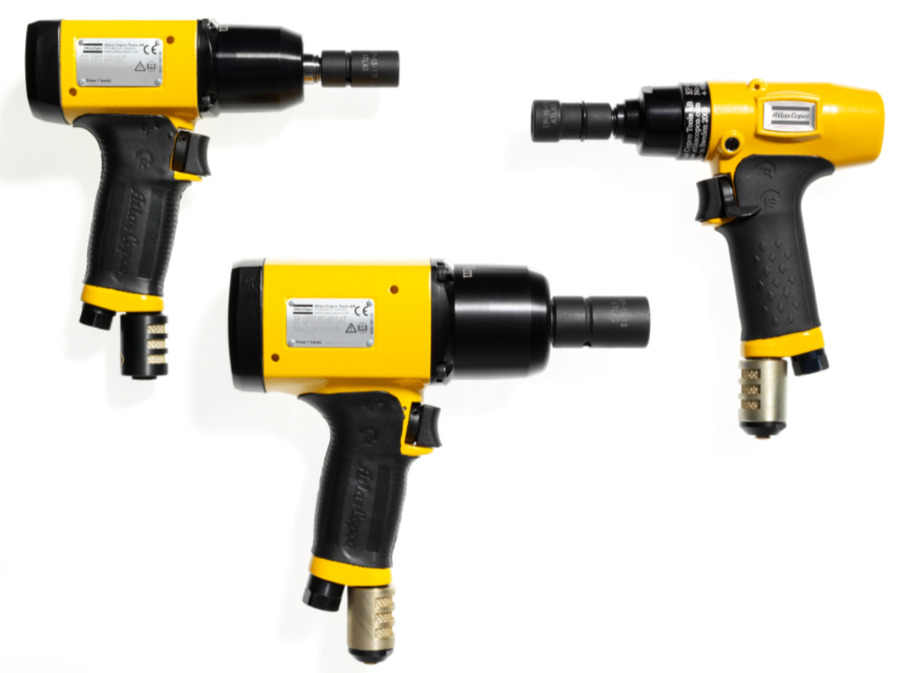Pneumatic tools, often referred to as air-powered tools, have become indispensable assets in modern industrial operations across a multitude of sectors. From construction and manufacturing to automotive and aerospace industries, these versatile instruments offer unparalleled efficiency, safety, and reliability. In this comprehensive article, we delve into the intricacies of pneumatic tools, exploring their types, working principles, advantages, usage features, maintenance rules, and considerations for selecting the right tool for specific applications.
Understanding Pneumatic Tools
Pneumatic tools represent a cornerstone of modern industrial operations, harnessing the power of compressed air to perform a wide array of tasks with precision and speed. Unlike traditional electric-powered tools, pneumatic tools offer a lightweight and compact alternative, making them ideal for applications where mobility and maneuverability are essential. From handheld drills and impact wrenches to stationary sanders and grinders, pneumatic tools cater to diverse needs across various industries, providing versatility and reliability in demanding environments.
Working Principle
The working principle of pneumatic tools is relatively straightforward yet highly effective. Compressed air, stored in tanks or supplied through pneumatic systems, serves as the driving force behind the tool’s operation. When air pressure is applied, it powers the internal mechanisms of the tool, enabling it to perform various functions such as drilling, cutting, fastening, and finishing. This pneumatic force delivers consistent power output, ensuring precision and efficiency in industrial applications while minimizing operator fatigue.

Advantages of Pneumatic Tools
Pneumatic tools offer numerous advantages over their electric counterparts, making them preferred choices in modern industrial settings:
Safety: Pneumatic tools do not produce sparks, making them inherently safer for use in potentially explosive environments such as oil refineries, chemical plants, and mining operations.
Durability: Resistant to moisture, overheating, and electrical malfunctions, pneumatic tools boast extended lifespans and reliability even in harsh working conditions.
Versatility: With a wide range of applications across industries, pneumatic tools offer unmatched versatility and adaptability, from heavy-duty construction tasks to precision machining operations.
Longevity: Robust construction and simplified designs contribute to the longevity of pneumatic tools, minimizing downtime and repair costs while maximizing operational efficiency.
Reliability: With fewer moving parts and reduced complexity compared to electric tools, pneumatic tools offer increased reliability and decreased maintenance requirements, ensuring consistent performance over time.
Efficiency: Consistent power delivery and energy-efficient operation enhance productivity and reduce operational costs, making pneumatic tools preferred choices for high-volume manufacturing and assembly lines.
Ergonomics: Modern pneumatic tool designs prioritize user comfort and ergonomics, featuring lightweight yet durable construction and ergonomic grips to minimize operator fatigue and maximize efficiency during prolonged use.
Usage Features and Maintenance Rules
While pneumatic tools offer numerous benefits, their optimal performance relies on proper usage and maintenance practices. Operators must adhere to stringent safety protocols, including wearing appropriate personal protective equipment such as safety glasses, gloves, and ear protection. Additionally, ensuring a clean, dry air supply free of contaminants and moisture is crucial for preventing damage to pneumatic tools and ensuring consistent performance.
Regular maintenance is essential for prolonging the lifespan and ensuring the reliability of pneumatic tools. This includes routine lubrication of moving parts, cleaning of air filters and vents to prevent dust buildup, and periodic inspection for signs of wear or damage. Any worn or damaged components should be promptly replaced to prevent further damage and ensure the safety of operators.

Considerations for Selecting Pneumatic Tools
When selecting pneumatic tools for specific applications, businesses must consider a range of factors to ensure optimal performance and suitability:
Power Output: Assessing the power output of pneumatic tools is essential to ensure they meet the requirements of the intended tasks. Higher-powered tools may be necessary for heavy-duty applications, while lighter-duty tasks may require lower-powered options.
Performance Capabilities: Understanding the performance capabilities of pneumatic tools, such as speed, torque, and precision, is crucial for selecting the right tool for the job. Tools with adjustable settings or variable speed controls offer greater flexibility and versatility.
Convenience Features: Features such as ergonomic grips, adjustable handles, and quick-change chuck systems enhance user comfort and convenience, reducing operator fatigue and improving productivity.
Cost-effectiveness: While pneumatic tools may have higher upfront costs compared to electric counterparts, their long-term cost-effectiveness and durability make them worthwhile investments for businesses seeking reliable and efficient tools for industrial operations.
Conclusion
In conclusion, pneumatic tools have revolutionized industrial operations, offering unmatched efficiency, safety, and reliability across various sectors. By understanding their operation, maintenance, and selection criteria, businesses like MEF Industrial Solutions can harness the full potential of pneumatic tools, maximizing productivity while ensuring the safety of their workforce and operational integrity. With the right knowledge and expertise, pneumatic tools can drive transformative results, empowering businesses to achieve new heights of success and innovation in the ever-evolving landscape of industrial manufacturing and construction.
Basketball fan, mother of 2, fender owner, vintage furniture lover and HTML & CSS lover. Performing at the fulcrum of modernism and programing to give life to your brand. I sometimes make random things with friends.
